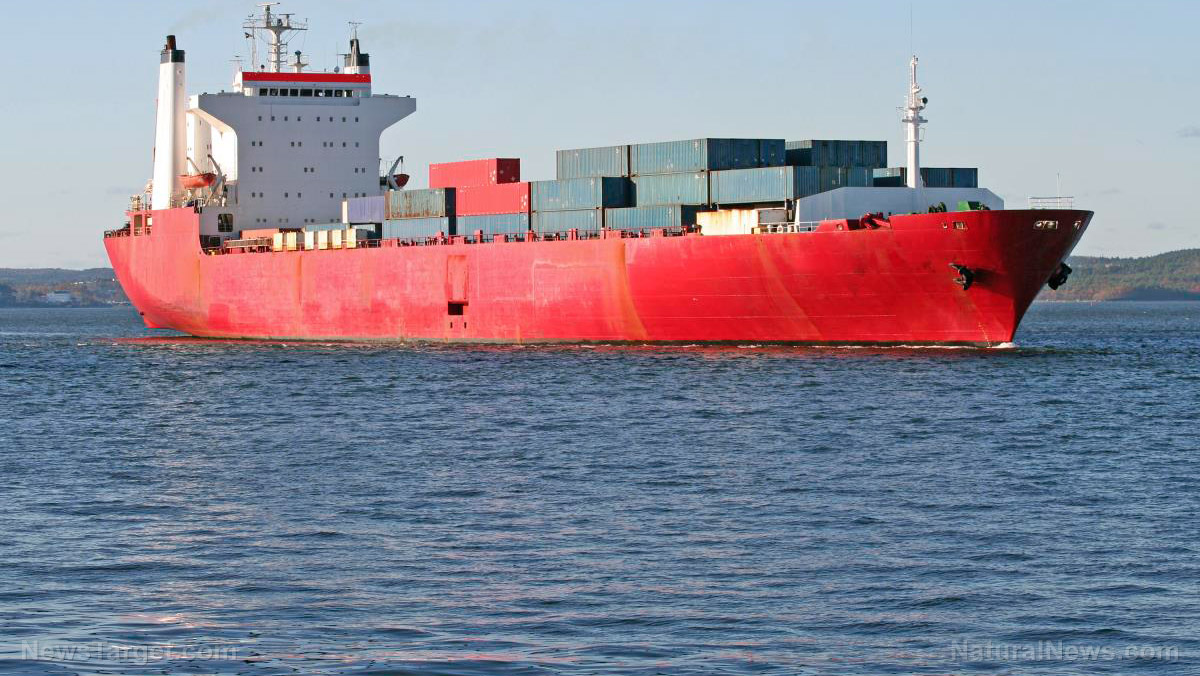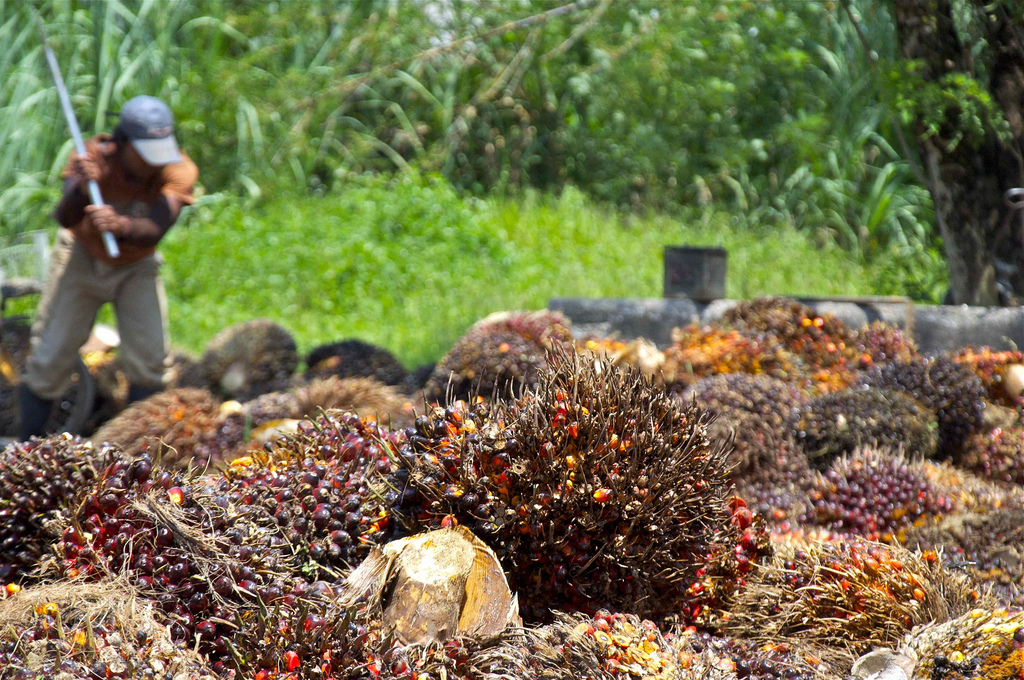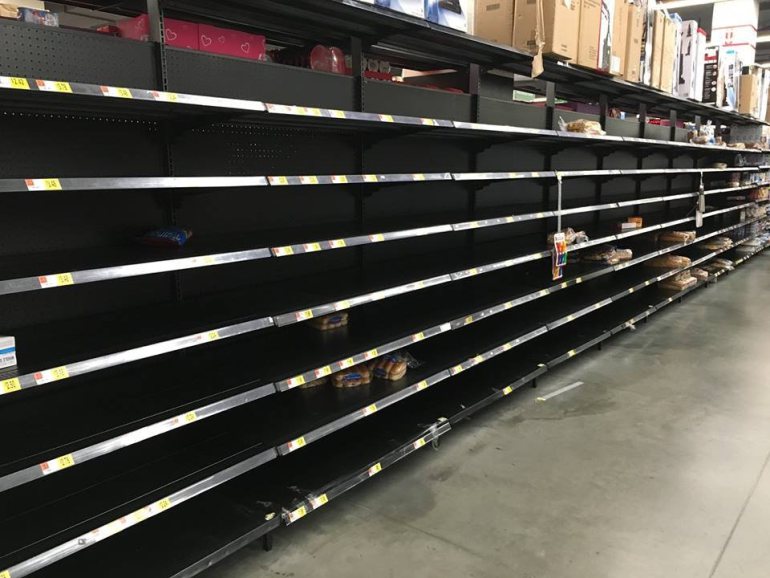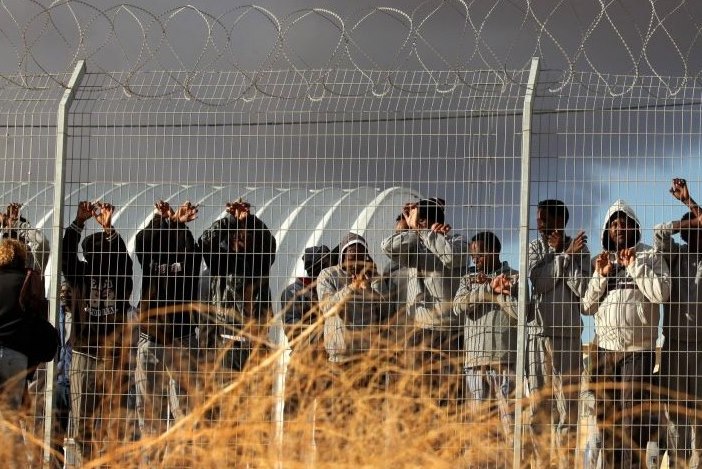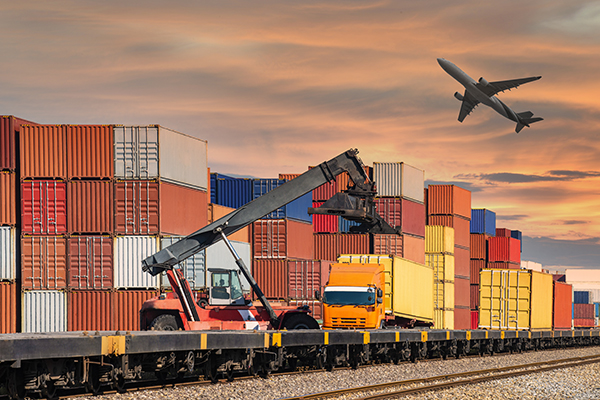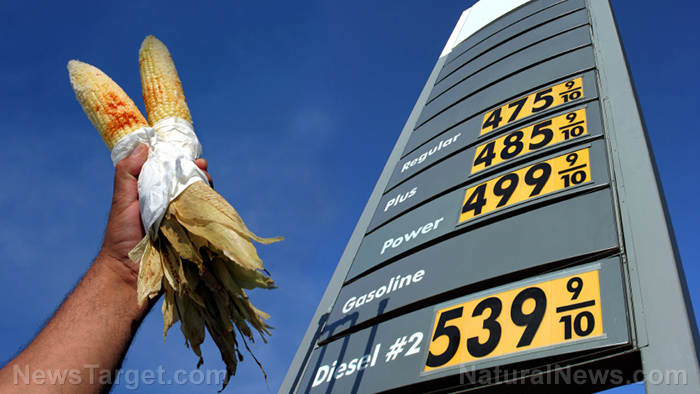Chinese gas stations ration diesel amid shortages, adding to supply chain crisis
11/01/2021 / By Mary Villareal

Fuel retailers in China are now rationing diesel volumes to customers as the country intensifies its efforts to avert a supply crunch that is already affecting the coal and natural gas sectors.
Long lines of vehicles are making their way to pump stations across Guangxi and Anhui provinces in east and southwest China, with truck drivers uploading videos on social media platforms to show the situation and share their plight, as some truck drivers now have to wait days to refuel.
To avoid shortfalls, there are areas where customers are being restricted to 1,000 yuan ($157) of diesel a day, down from the average 2,500 yuan.
China has been grappling with shortages of coal and natural gas, leading to power rationing and blackouts, which have severely limited economic activity in some regions.
Sales of generators have surged in recent weeks after electricity rationing was put in place, and orders have streamed earlier than expected ahead of winter. With China reducing diesel exports and increasing imports to maintain adequate stockpiles, it is becoming more difficult as citizens turn to diesel to use for smaller generators that can help provide electricity to supplement the grid.
Demand for diesel has surged as companies turned to diesel-fueled generators for temporary power supplies amidst the electricity shortage as well. Independent and state-owned oil refiners alike have repeatedly raised wholesale diesel and gasoline prices, citing skyrocketing costs for crude.
Diesel crisis to contribute more to supply chain crisis
The latest diesel crisis is only likely to contribute to the ongoing global supply chain crisis, which was largely driven by the Wuhan coronavirus (COVID-19) pandemic, analysts say.
Economist Intelligence Unit China Director Mattie Bekink said: “The current diesel shortages seem to be affecting long-distance transportation businesses which could include goods meant for markets outside of China. Depending on the duration and intensity of this crunch, we could well see this contribute to the global supply chain challenges.”
In China, trucks are now only allowed to fill up to 100 liters of fuel each, which is only about 10 percent of their capacity, a truck dealer from Shijiazhuang city in Hebei province said. In other parts of the country, rations are even tighter, with drivers only allowed to buy up to 25 liters.
In the city of Fuyang, about a seven-hour drive south of the key transportation hub of Shijiazhuang, gas stations are limiting purchases or charging drivers for surcharges of up to 300 yuan ($47). (Related: Oil price jumps to over $80 per barrel due to energy supply shortages.)
“After going to a few [gas] stations, there is no more diesel, and prices will continue to rise, and large trucks running logistics will not be able to refuel,” someone posted on social media.
Aidan Yao, a senior emerging Asia economist at AXA Investment Managers, said that while the global market is aware of China’s coal shortage, the diesel problem is new and is only the latest in a series of commodities that have seen price surges and short supplies. Diesel prices at major refineries in Shandong soared nearly 55 percent from 5,500 yuan ($860) per ton to 8,600 ($1,345) yuan per ton in September.
He also said that all fossil fuels have seen a price surge lately as the underinvestment in fuel sources created a shortage of supply at a time when demand was surging. Oil, gas and coal prices have all increased, with oil prices hitting their highest levels since 2014, causing a crisis in Europe and the United Kingdom.
National production of diesel has increased in October by 1 million tons, but the supply shortfall may continue for at least the next three months.
Learn more about how China’s fuel shortage is affecting the rest of the world at Collapse.news.
Sources include:
Submit a correction >>
Tagged Under:
big government, China, collapse, energy demand, energy production, energy supply, gas prices, gas production, global economy, heating fuel, market crash, natural gas, natural gas exports, power, products, property sector, shortage
This article may contain statements that reflect the opinion of the author
RECENT NEWS & ARTICLES
SupplyChainWarning.com is a fact-based public education website published by SupplyChainWarning.com Features, LLC.
All content copyright © 2021 by SupplyChainWarning.com Features, LLC.
Contact Us with Tips or Corrections
All trademarks, registered trademarks and servicemarks mentioned on this site are the property of their respective owners.


